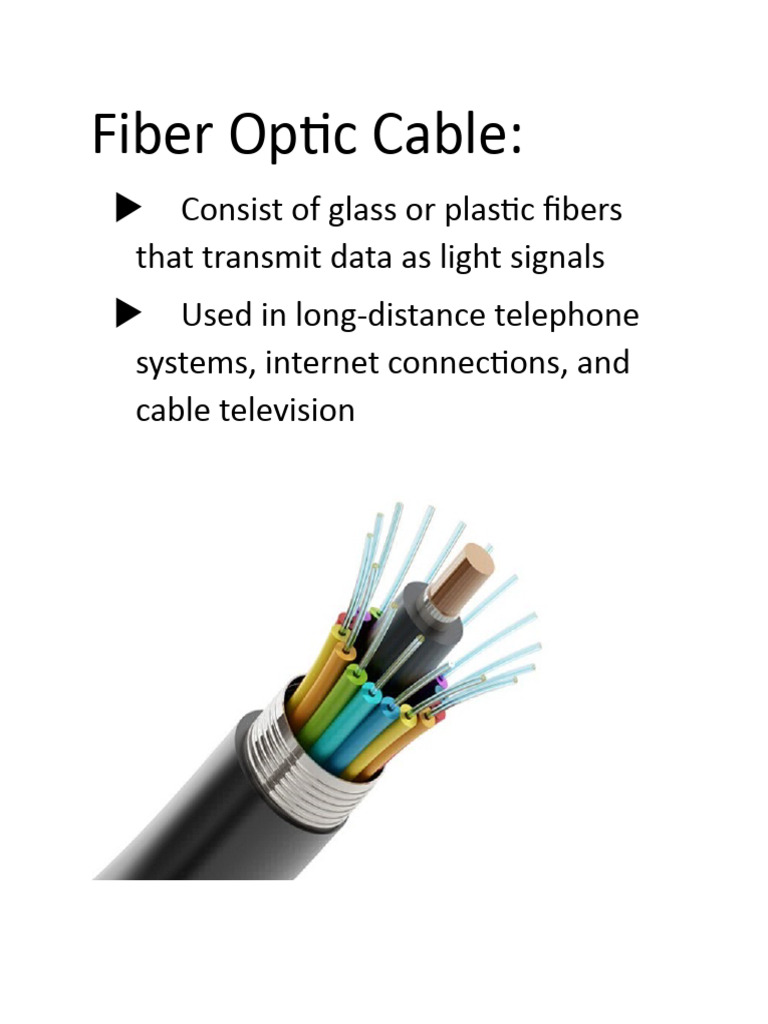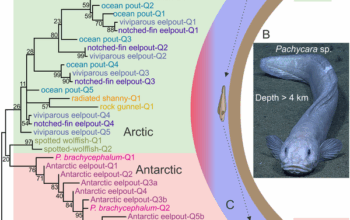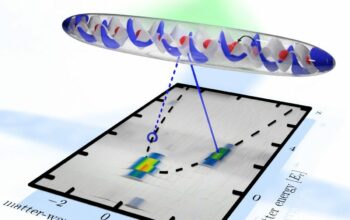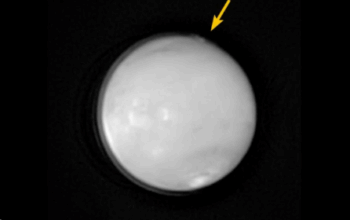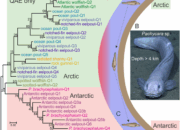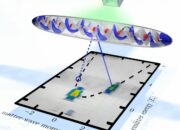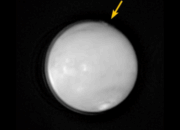Fibre optic cables, with their intricate structure and profound capabilities, are pivotal to modern communication networks. Have you ever pondered how a thin strand of glass or plastic can transmit information at astounding speeds, enabling seamless connectivity across vast distances? This article delves into the multifaceted uses of fibre optic cables, illustrating their significance in various domains while posing a contemplative challenge: what could our world look like without this technological marvel?
1. Telecommunications: The Backbone of Connectivity
One of the primary applications of fibre optic cables lies in telecommunications. These cables facilitate the transmission of voice and data over long distances, underpinning both landline and mobile communication. By utilizing total internal reflection, fibre optics transmit light signals with minimal loss of quality. Unlike traditional copper cables, which suffer from attenuation and electromagnetic interference, fibre optics provide a more reliable medium for data transfer. This enhancement leads to faster and more efficient communication, allowing for innovations such as high-definition video streaming and expansive internet connectivity.
2. Internet Infrastructure: Bandwidth and Beyond
In the digital age, bandwidth is a pivotal aspect of internet infrastructure, and fibre optic cables are central to meeting the ever-growing demand for higher data rates. With capabilities of transmitting terabits of data per second, fibre optic networks have become foundational for global internet connectivity. They not only facilitate faster download and upload speeds for consumers but also support cloud computing, online gaming, and other data-intensive applications. As businesses and individuals increasingly rely on the internet, the role of fibre optic cables continues to expand exponentially.
3. Medical Applications: Precision and Efficiency
The use of fibre optic technology transcends mere telecommunications, entering the realm of medicine with remarkable efficacy. Fibre optic cables find applications in imaging and minimally invasive surgical procedures. Endoscopes, for instance, utilize these cables to provide high-quality images from within the human body, allowing doctors to diagnose and treat conditions without resorting to invasive techniques. This advancement not only enhances patient outcomes but also significantly reduces recovery times, illustrating the indispensable role of fibre optics in modern medicine.
4. Industrial Uses: Automation and Control
Industries benefit immensely from the resilience and versatility of fibre optic cables. In environments where electromagnetic interference may compromise the integrity of signals, such as factories and refineries, fibre optics offer a robust solution. They are employed in sensor systems, allowing for precise monitoring of temperatures, pressures, and other critical parameters. Furthermore, fibre optics facilitate real-time data transfer between devices, enhancing automation processes and improving operational efficiency. Such capabilities are vital in maintaining safety and productivity across various industrial sectors.
5. Infrastructure for Smart Cities
As urban areas evolve into smart cities, the demand for reliable data transmission systems increases. Fibre optic cables play a crucial role in supporting the infrastructure necessary for smart technologies, such as traffic management systems, environmental monitoring, and energy distribution networks. By enabling rapid data exchange between devices and central command systems, fibre optics contribute to the optimised functioning of urban environments, enhancing the quality of life for residents. Imagine a city where traffic flow is constantly adjusted based on real-time conditions—this vision is made possible through fibre optics.
6. Military and Aerospace: Secure Communication
In the domains of military and aerospace, fibre optic cables are indispensable. Their ability to transmit data securely and efficiently makes them an ideal choice for applications requiring high levels of encryption. Communication systems employed by defense forces leverage fibre optics to safeguard sensitive information while facilitating seamless coordination across different units. Moreover, fibre optics are utilized in aircraft systems for flight control and navigation, demonstrating their versatility in mission-critical environments.
7. Future Innovations: A New Horizon
As technological advancements continue unabated, the future of fibre optic cable applications appears promising. Emerging technologies, such as quantum computing and the Internet of Things (IoT), stand to benefit significantly from the unique properties of fibre optics. Developments in optical networking and the potential for integration with artificial intelligence redefine the boundaries of data transmission, leading to innovations that we may yet only speculate upon. The question arises: how will fibre optic technology evolve to meet the challenges posed by burgeoning data requirements in an increasingly interconnected world?
The need for fibre optic cables in today’s society is undoubtedly profound. From telecommunications to medical applications, they are an integral component of our daily lives and the global economy. However, the challenge remains: as we advance into a future replete with data-driven innovations, how do we ensure that this essential technology remains accessible, sustainable, and efficient? As we contemplate the breadth of applications and the potential for future developments, it is clear that fibre optic cables will continue to play a pivotal role in shaping our world.
In conclusion, the uses of fibre optic cables are extensive and critical to the infrastructure of modern society. Their unparalleled speed and reliability are driving forces behind a wide array of applications spanning diverse fields. As we navigate the complexities of the digital age, embracing the advancements in fibre optic technology will undoubtedly enhance our capabilities and shape the future of communication.
